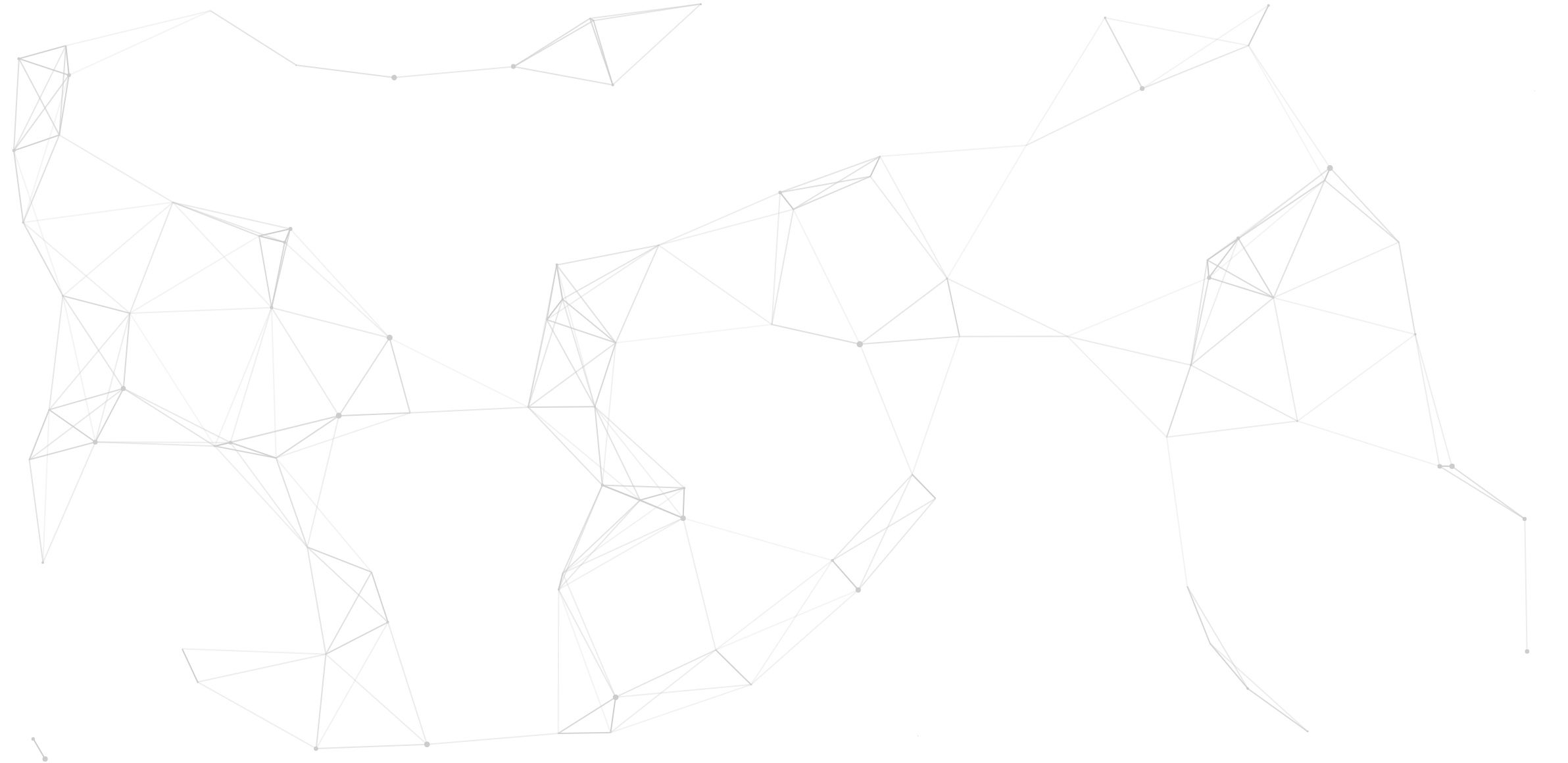
IP Addresses, Packets, and Routing
The Internet is possible because of the different sets of protocols which make it functional. One such protocol is the Internet Protocol, which allows for internet communication.
All devices connected to the Internet have a unique IP address. When a computer visits a website, it is simply asking a computer at another IP address for information. It does this by sending a message to containing its own IP so the other computer knows where to send its response.
IP Addresses are organized in a hierarchy, much like how addresses are written when sending mail. Traditional IP addresses are 32 bits long. The earlier numbers represent the country and regional network, while the later numbers represent the subnetworks and then specific address. This format is IPv4, but we are transitioning to IPv6 to allow for more unique IP addresses.

But how is the information on the Internet actually sent? One might assume info is sent on a fixed path, but it is not. Information is actually broken down into packets, and routers select the best paths to send these packets on. They do not always choose the same path, so packets may arrive at different times. TCP manages the sending and receiving of the data as packets by verifying that all packets are received and then assembled in order. For example, if you are requesting a video from YouTube, the video will not play until all the packets are received, assembled, and verified by TCP.
The use of IP addresses, packets, and routing allow for effective communication via the Internet.
- Protocol - A well known set of rules and standards used to communicate between machines
- IP Address - A series of numbers used by the computers that make up the Internet to find one another
- TCP - Transmission and Control Protocol